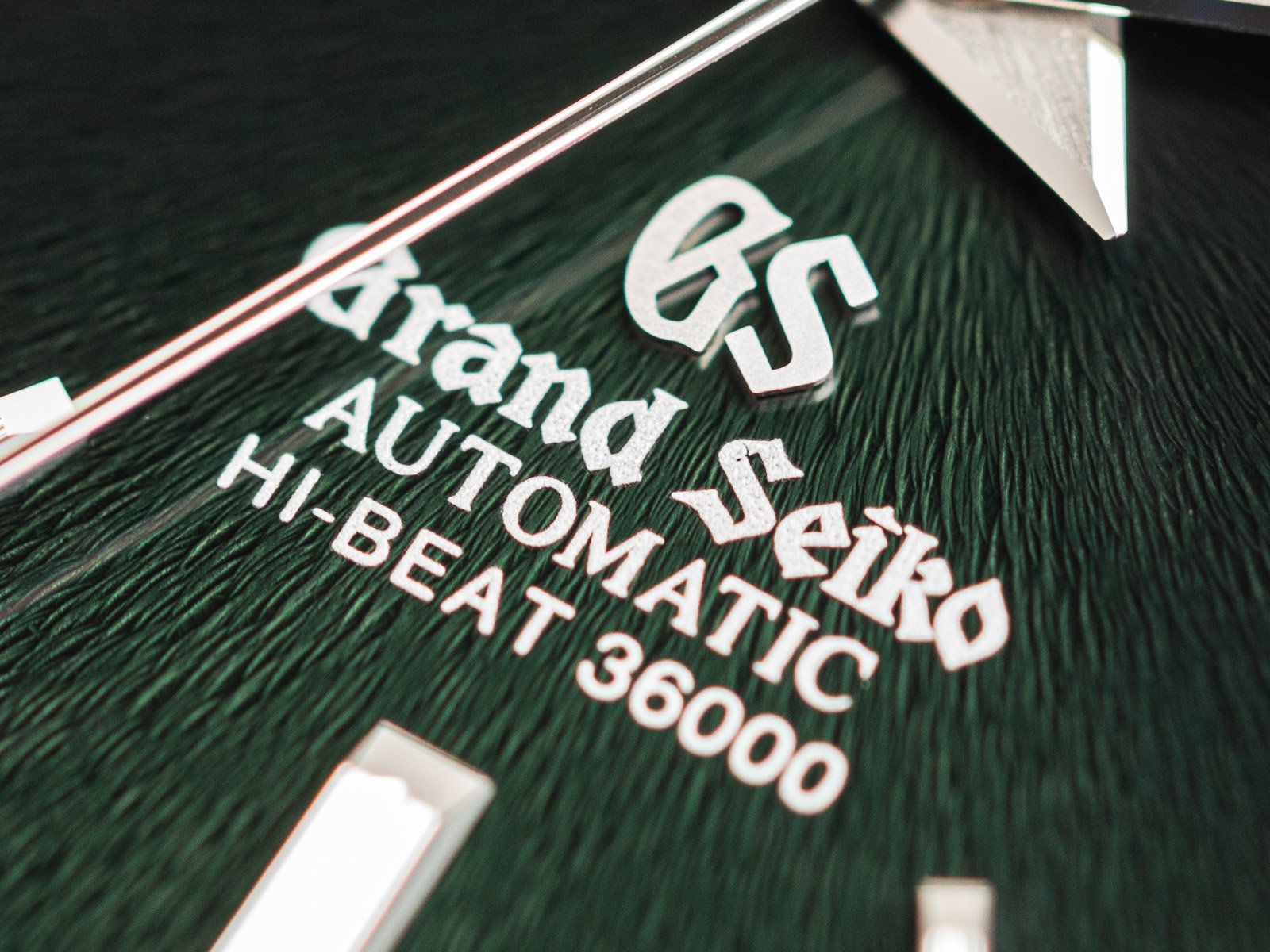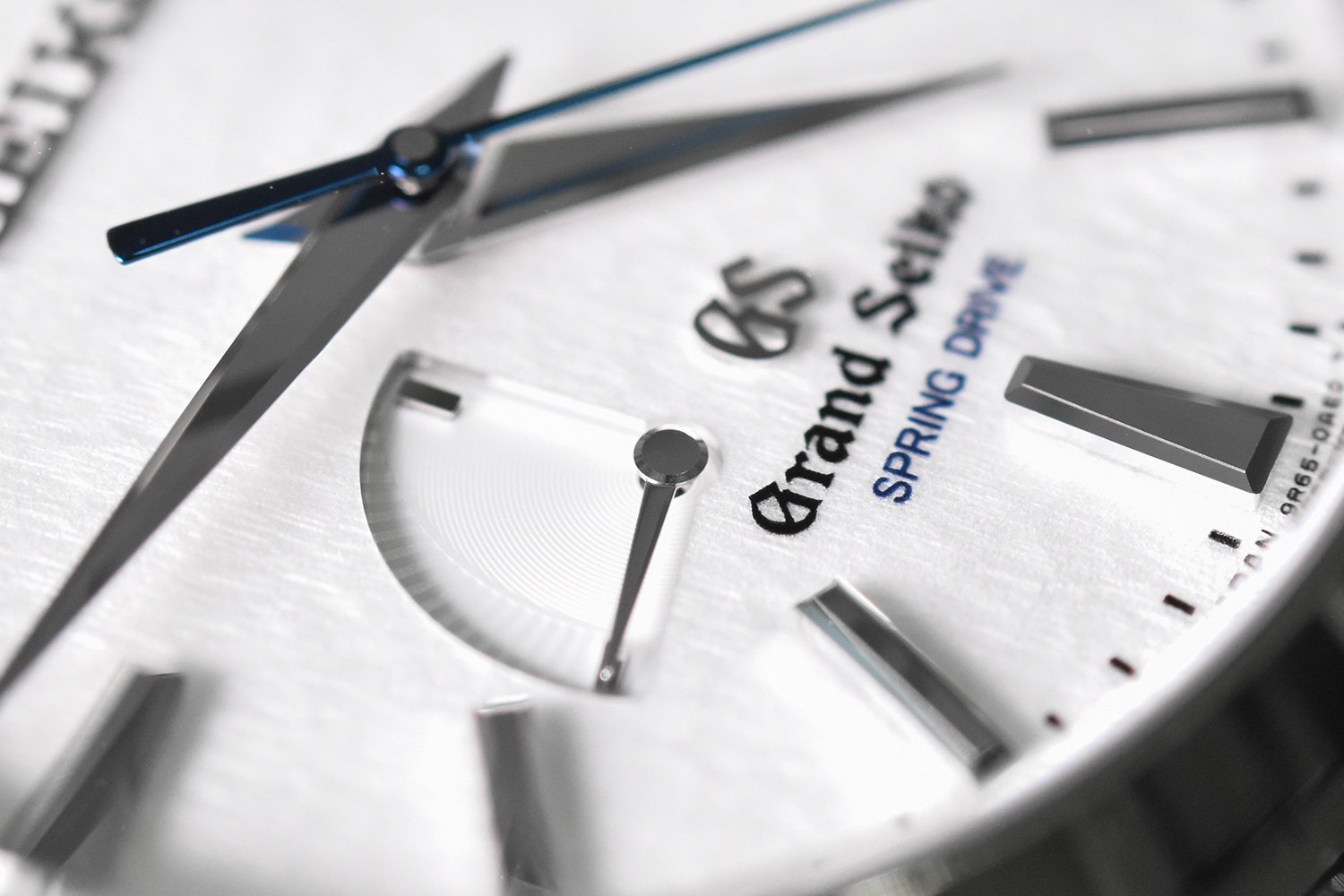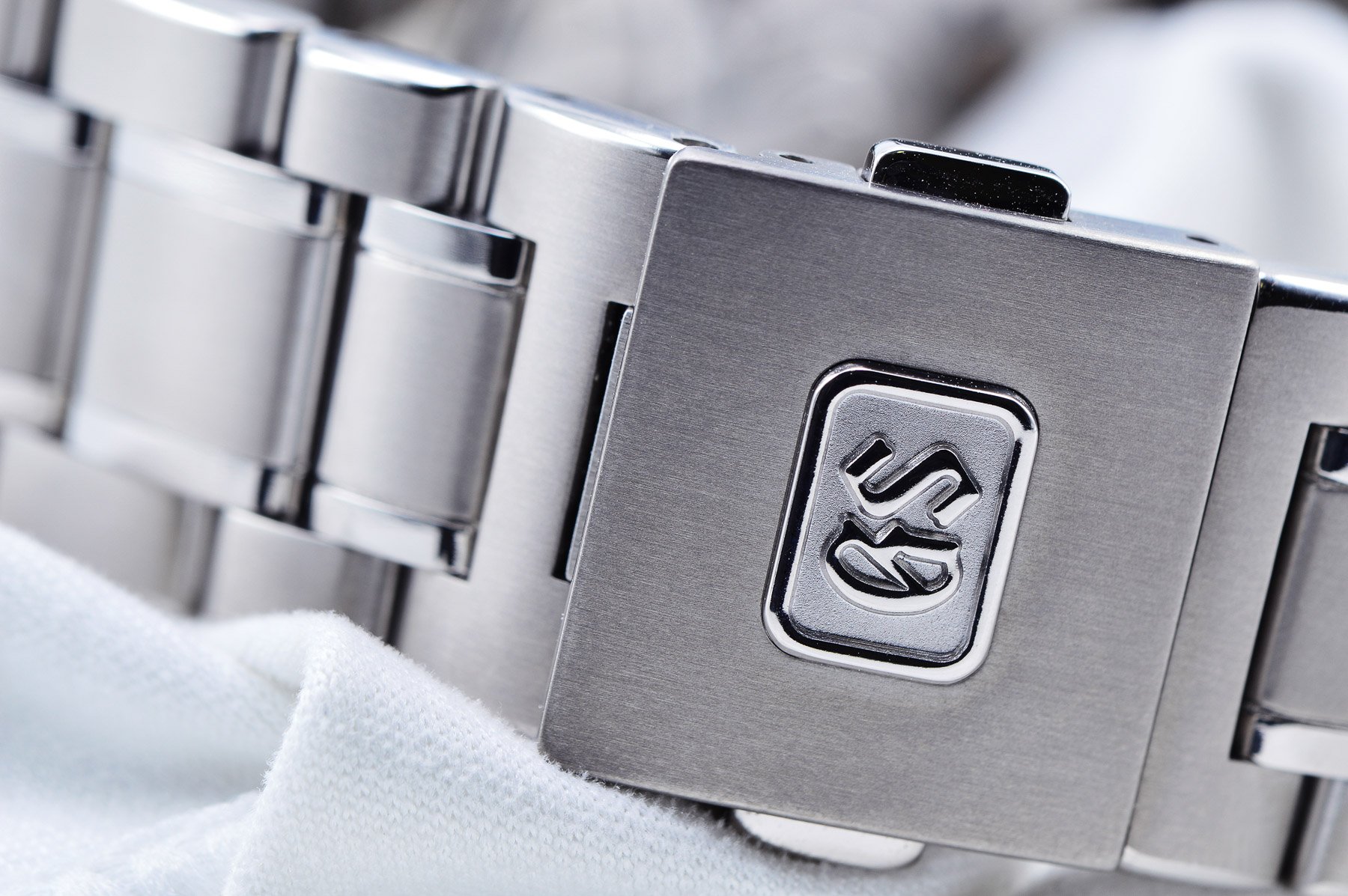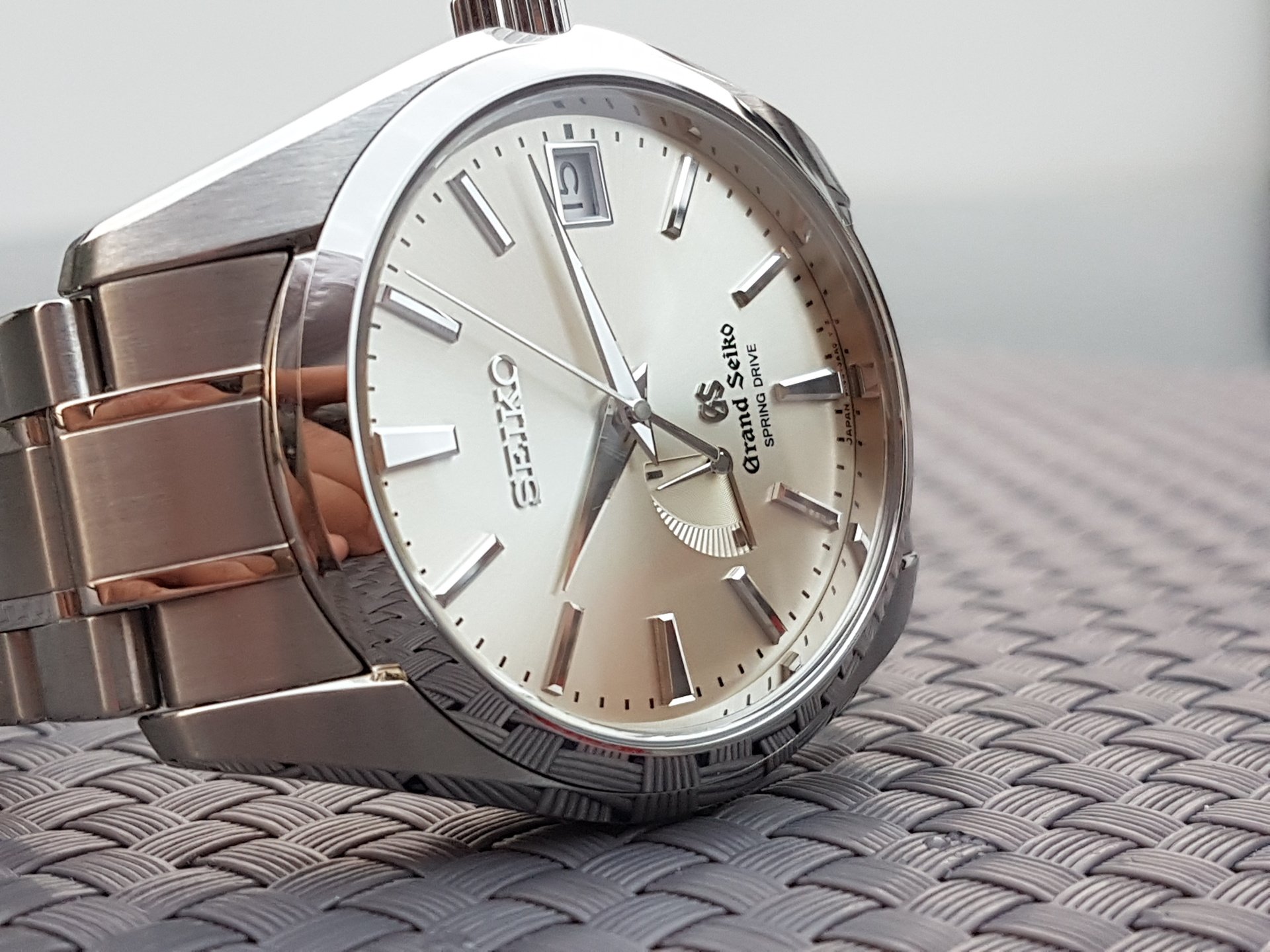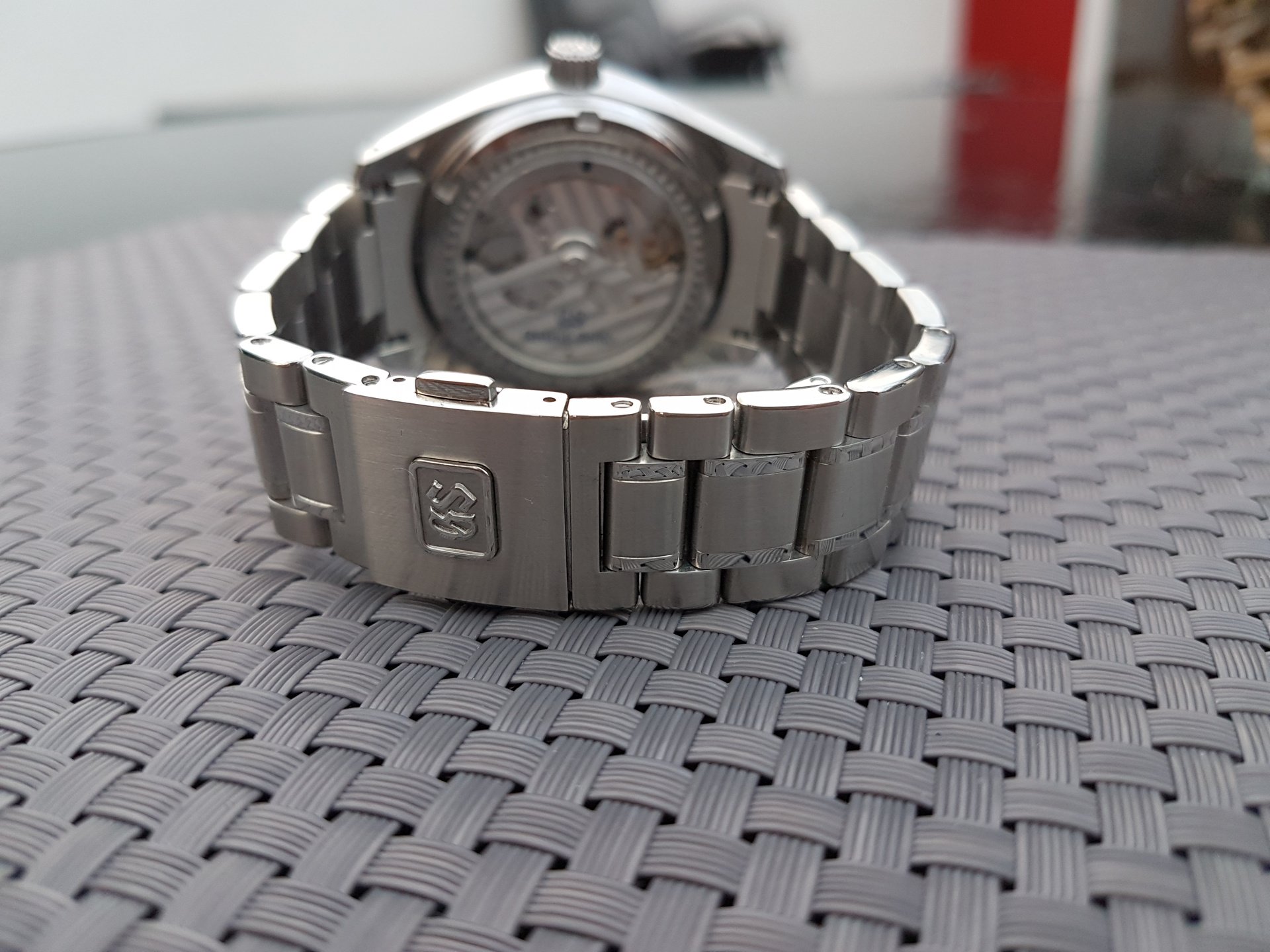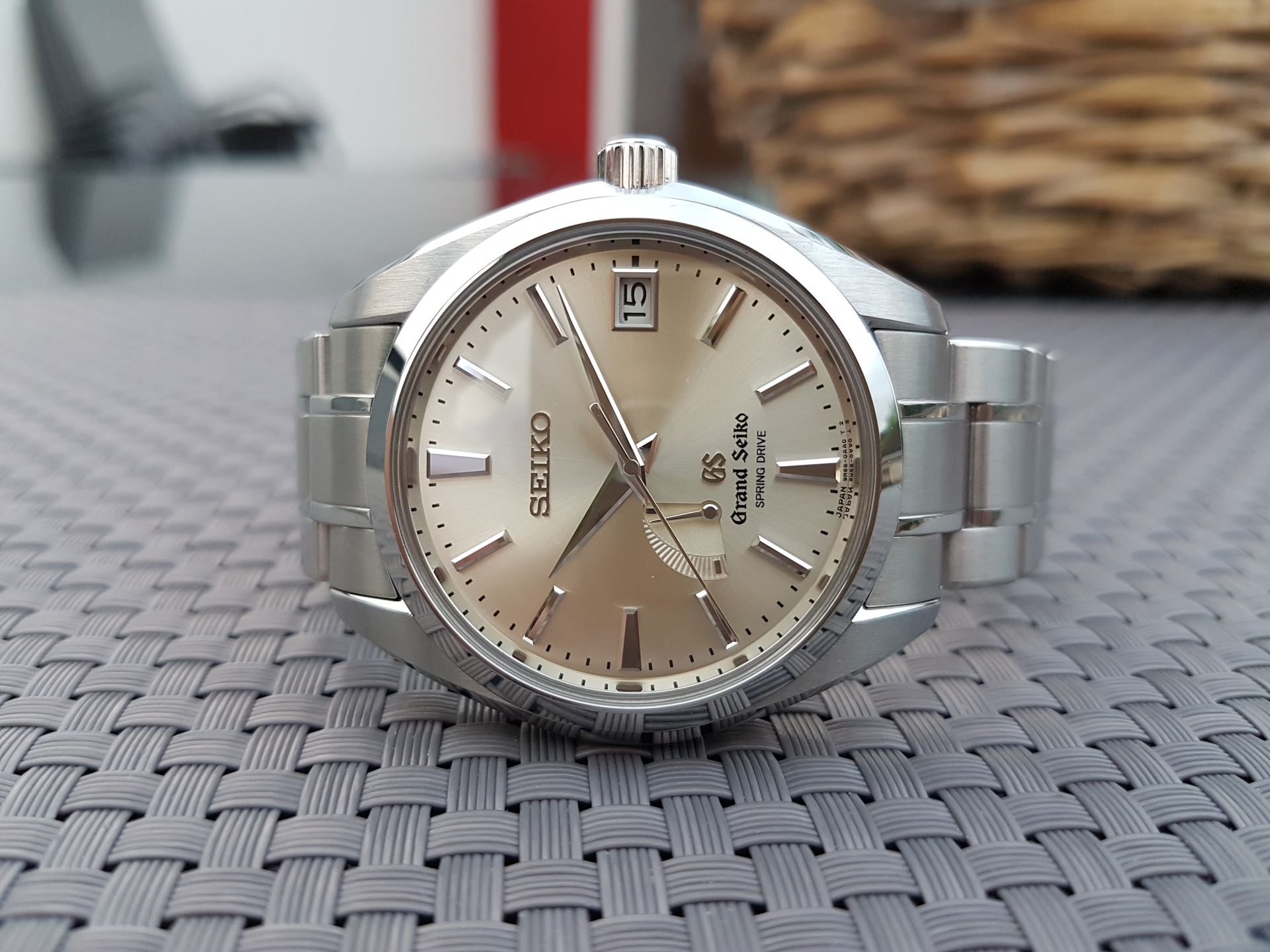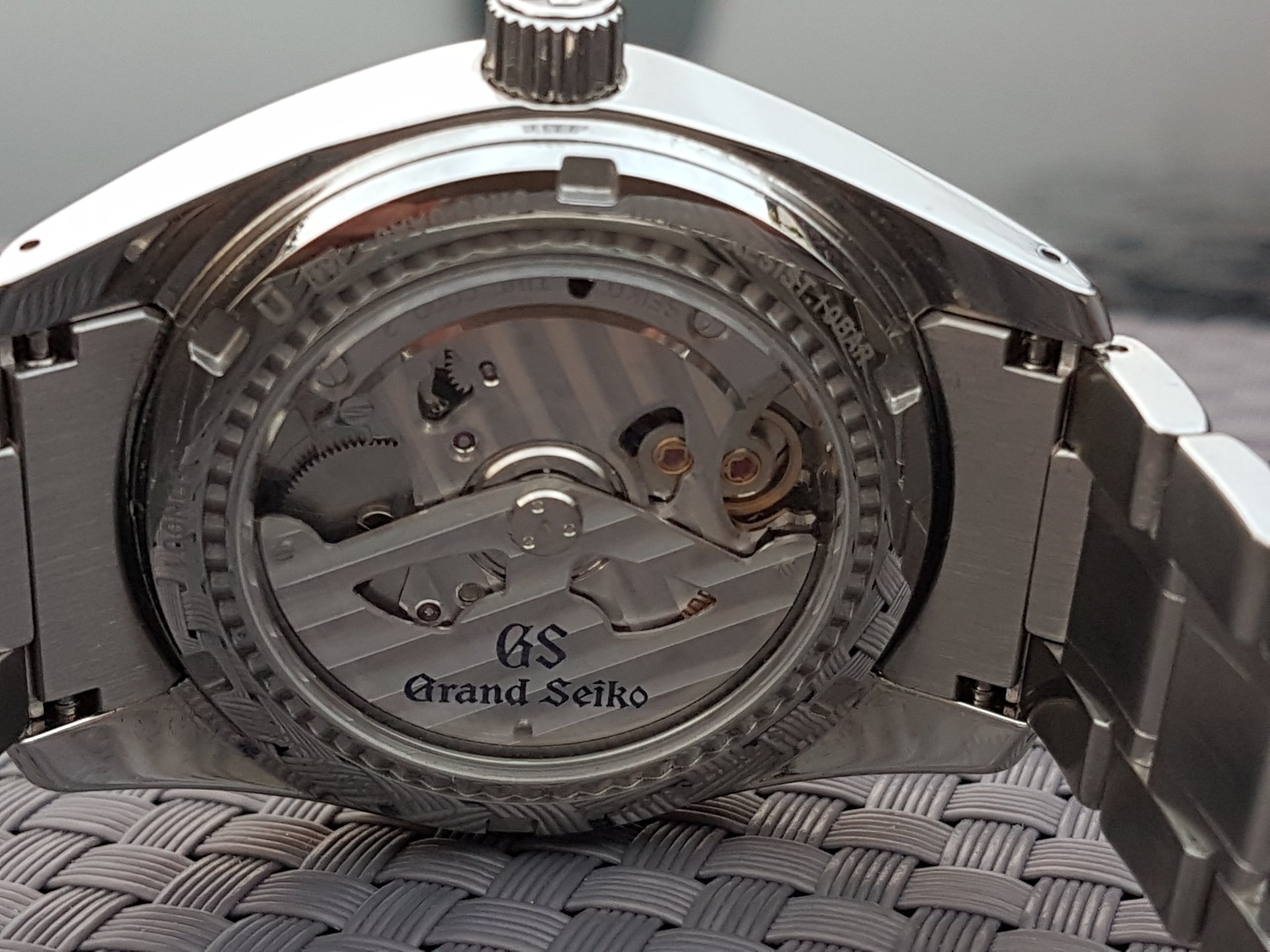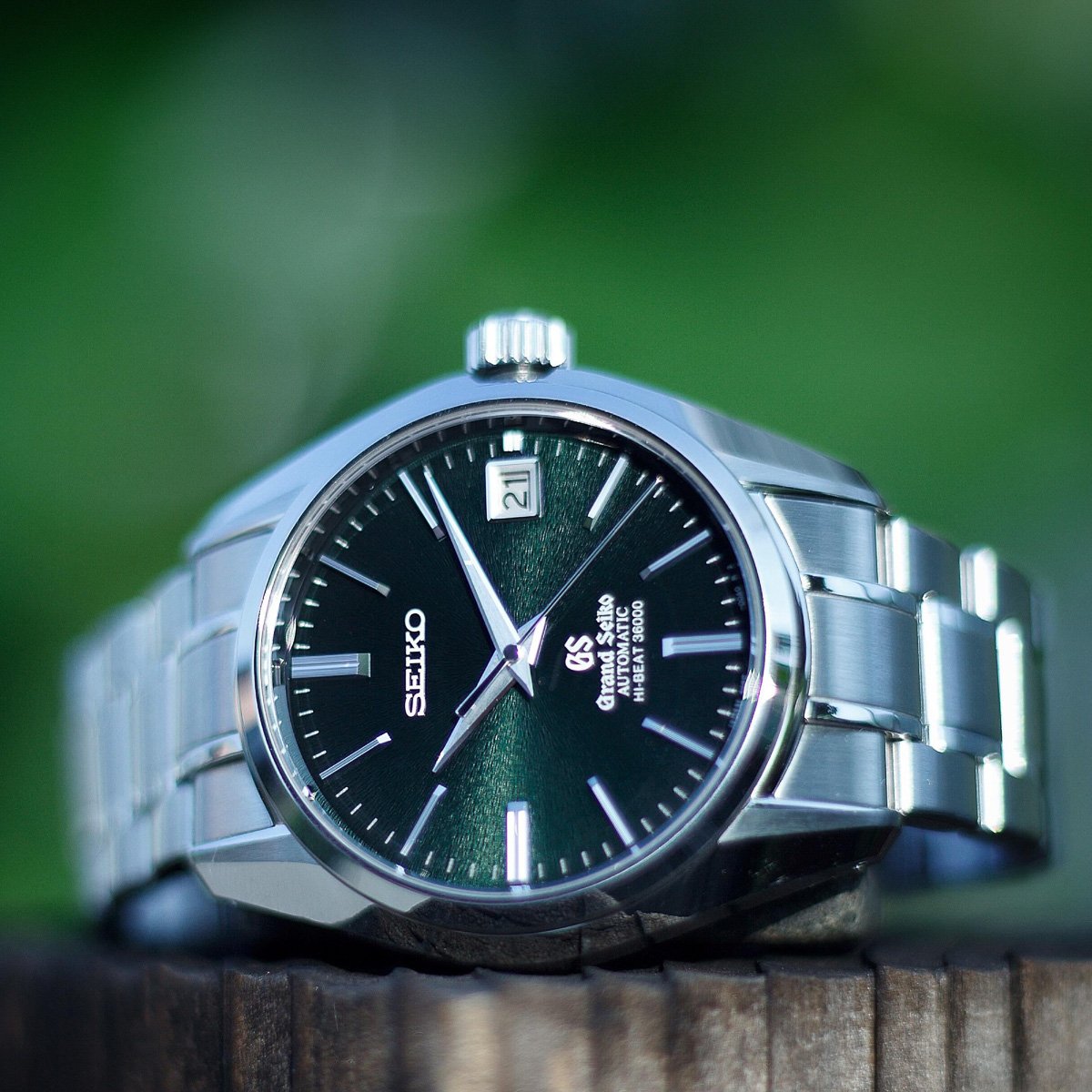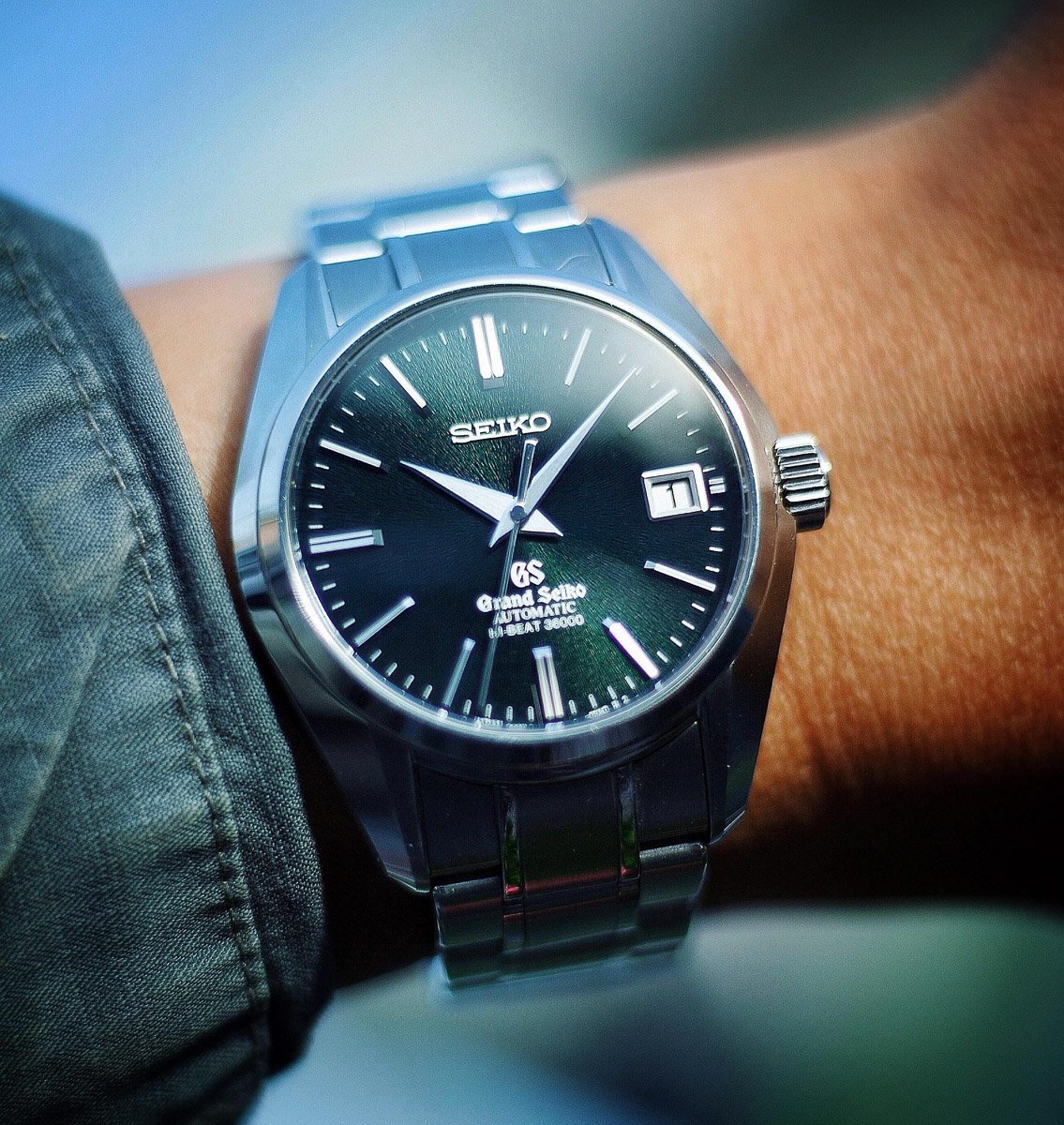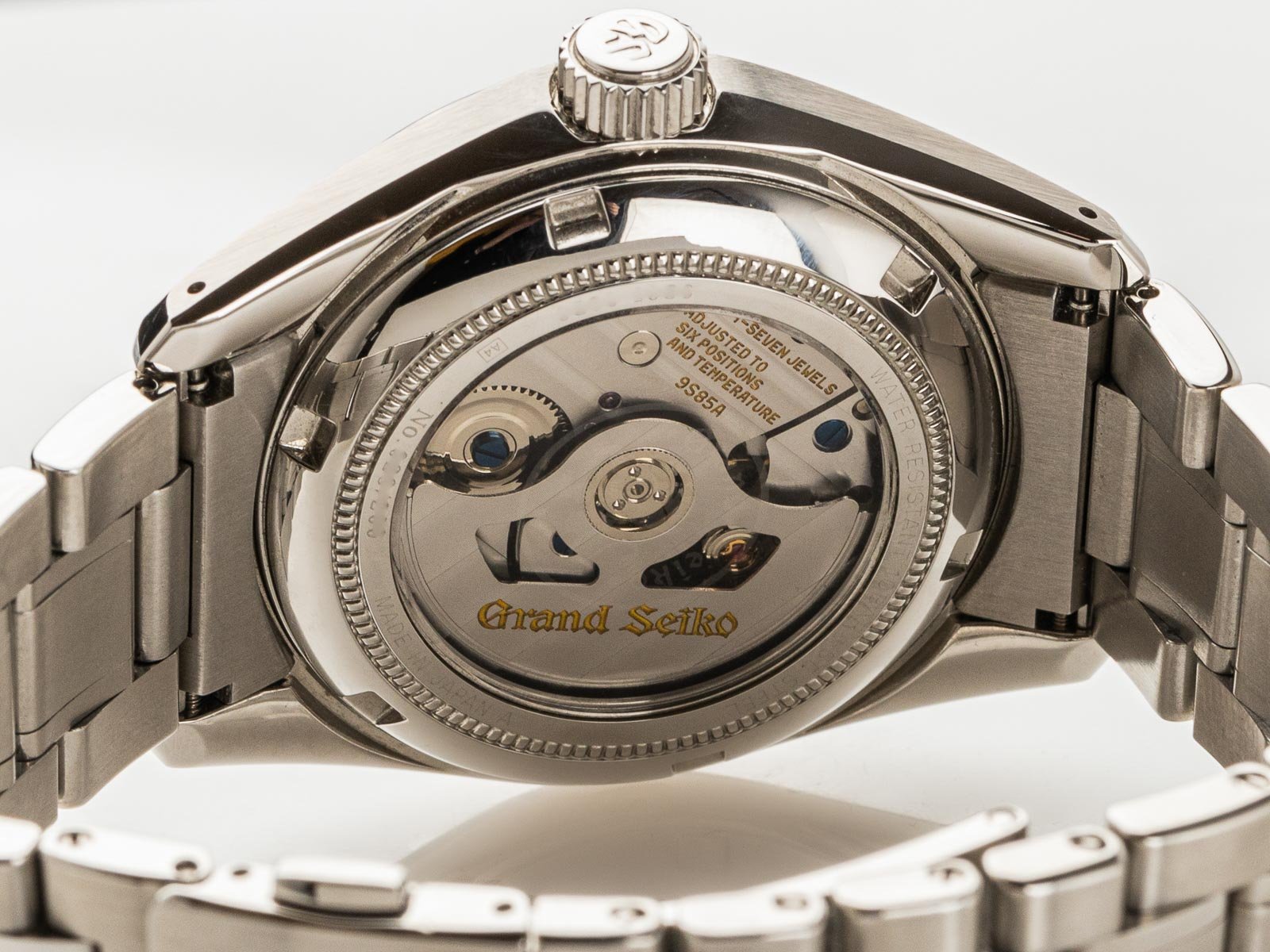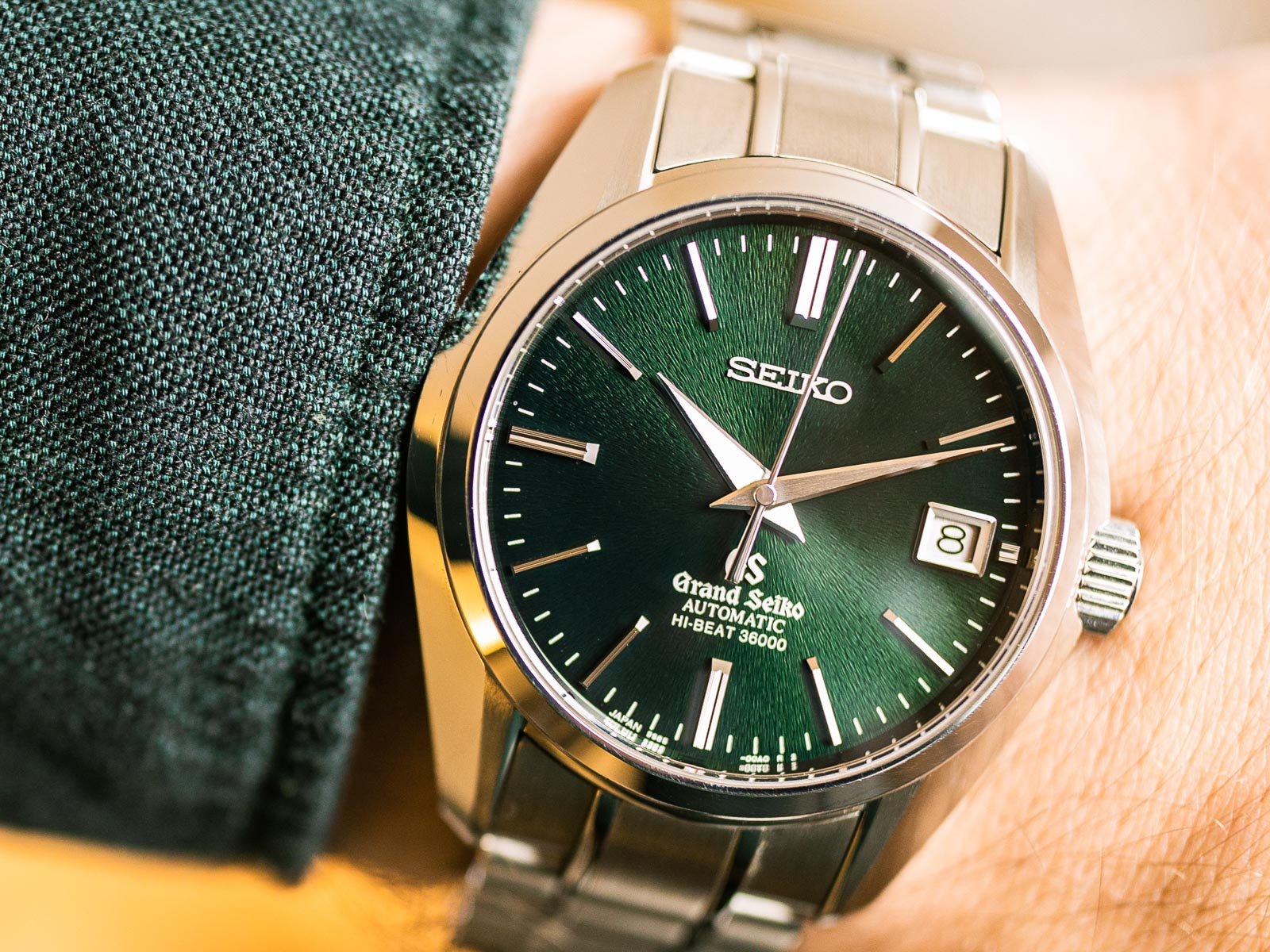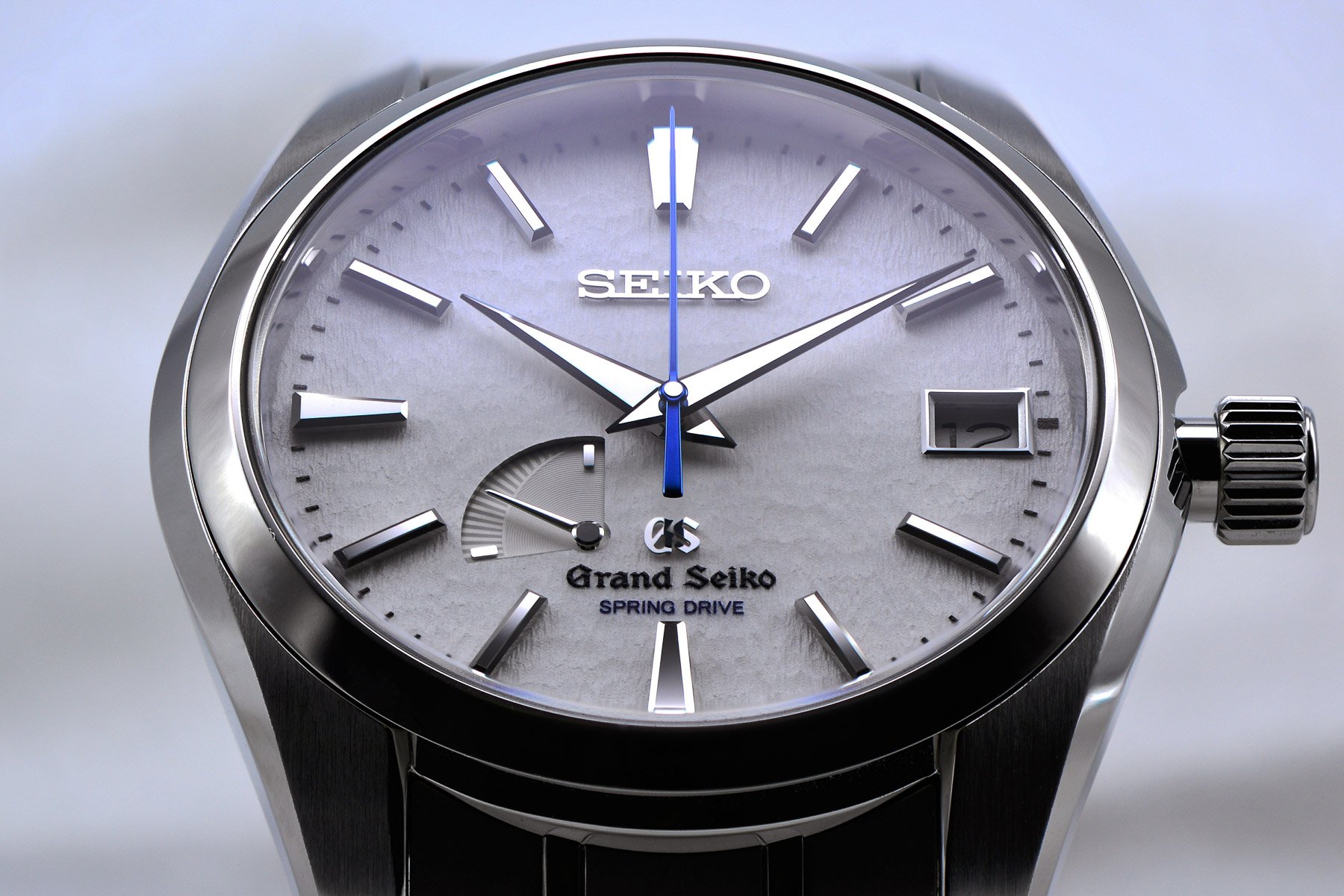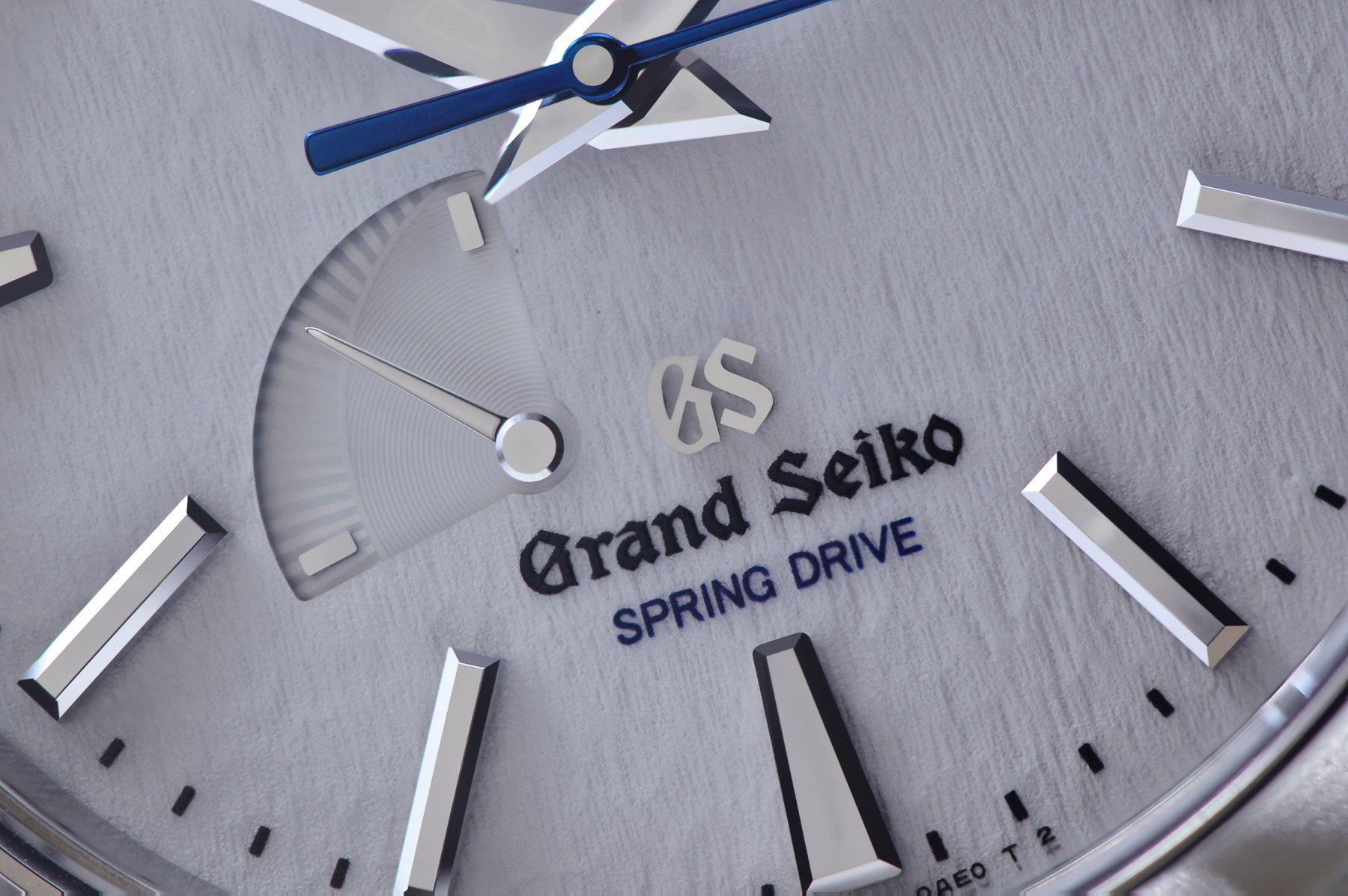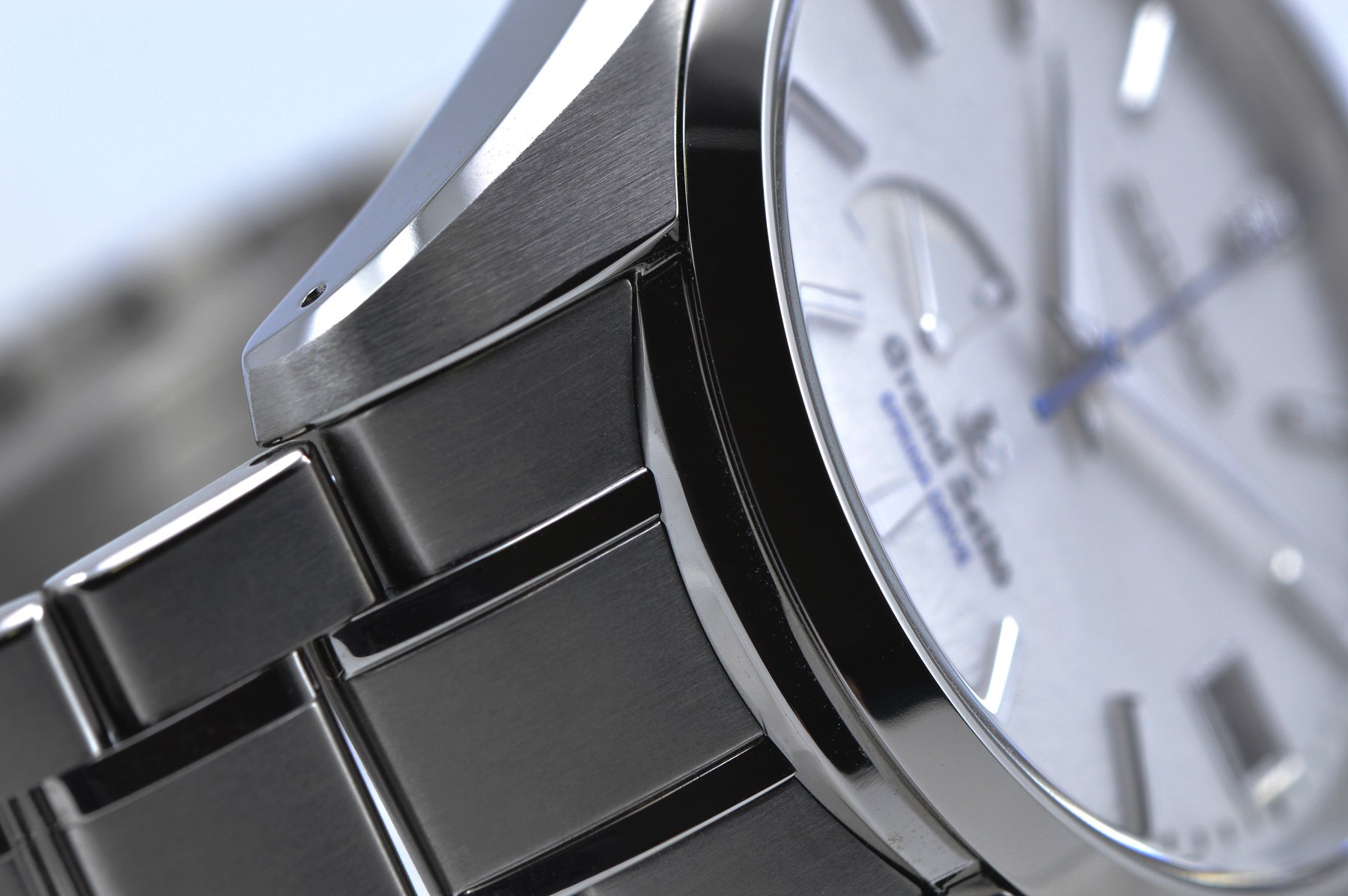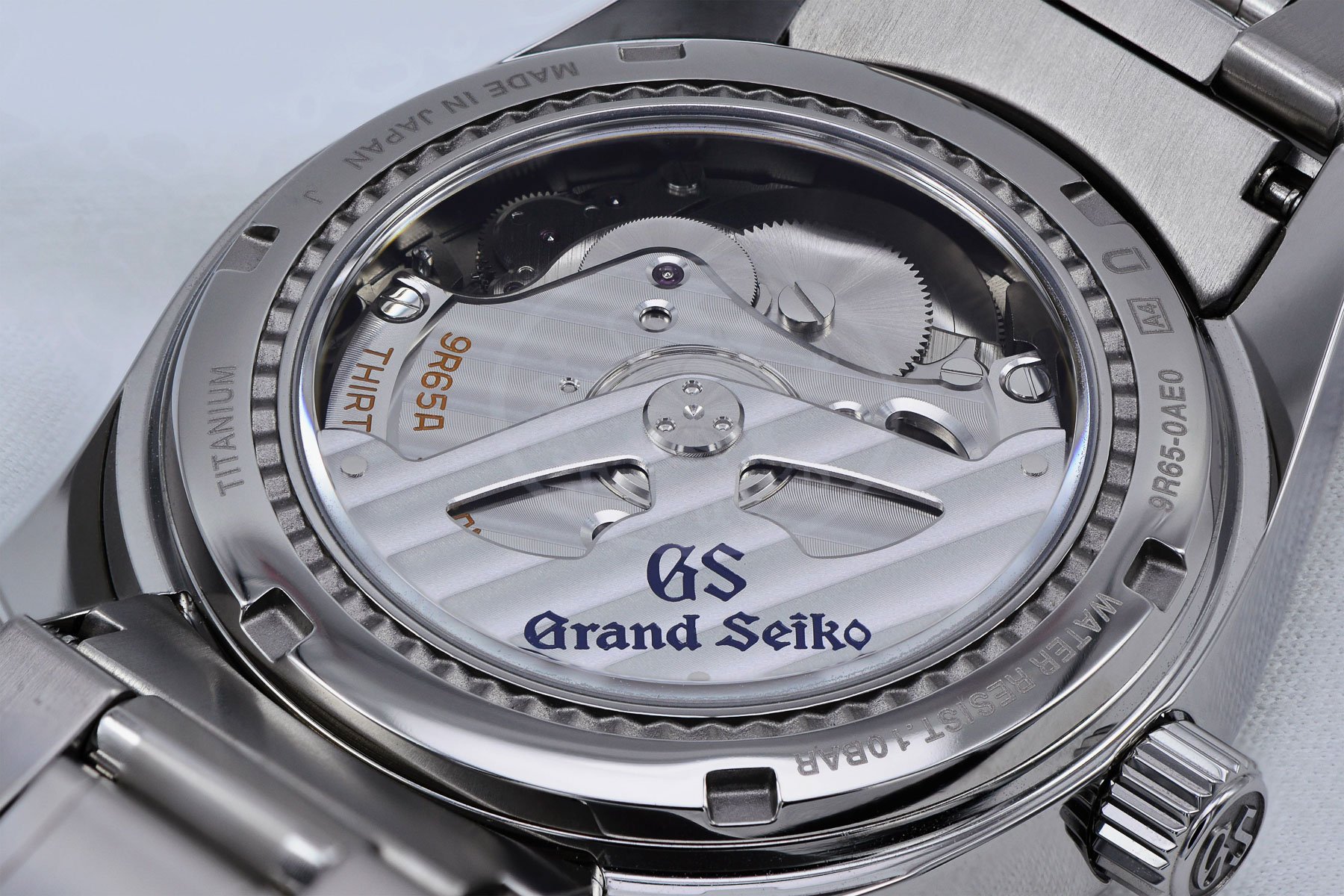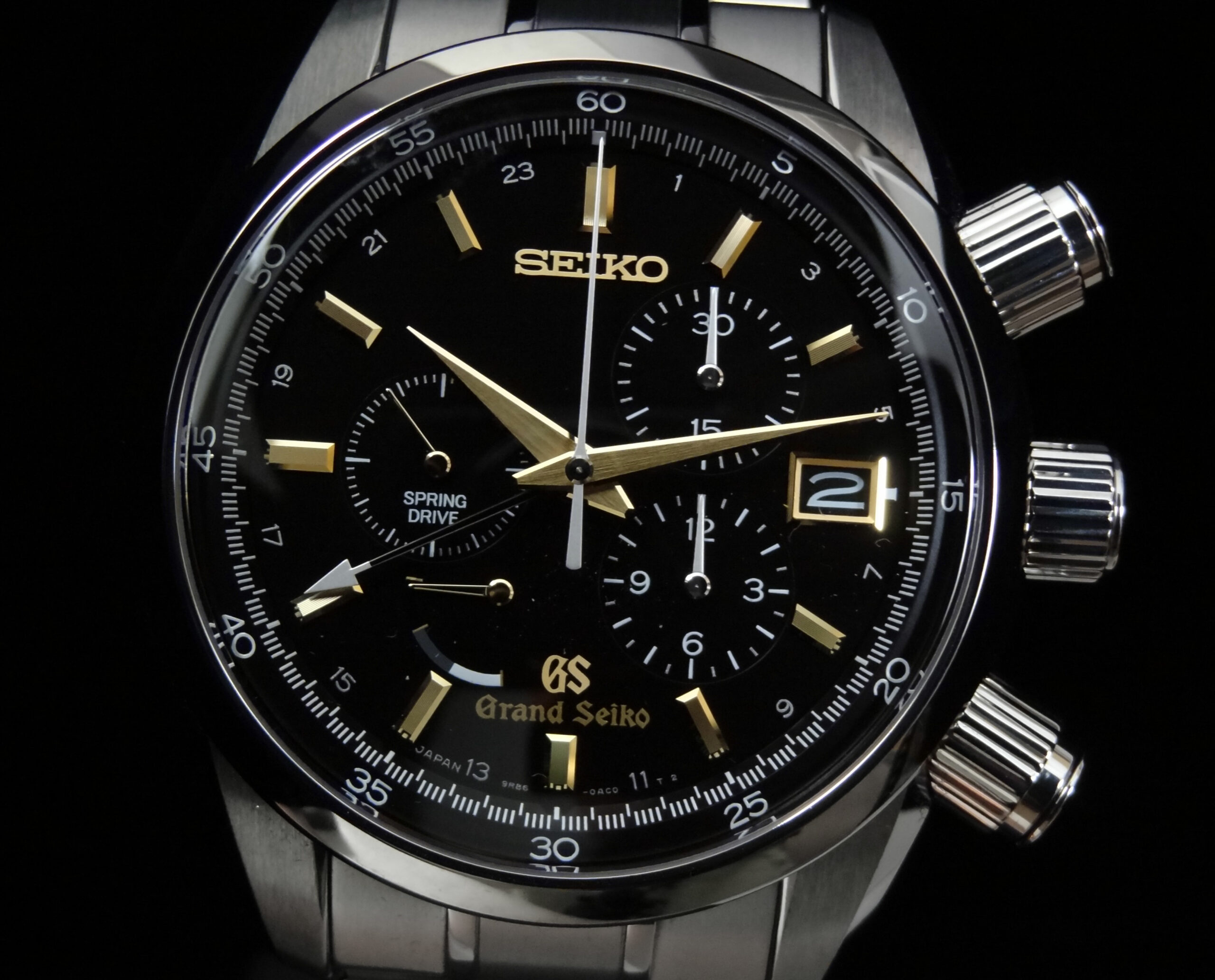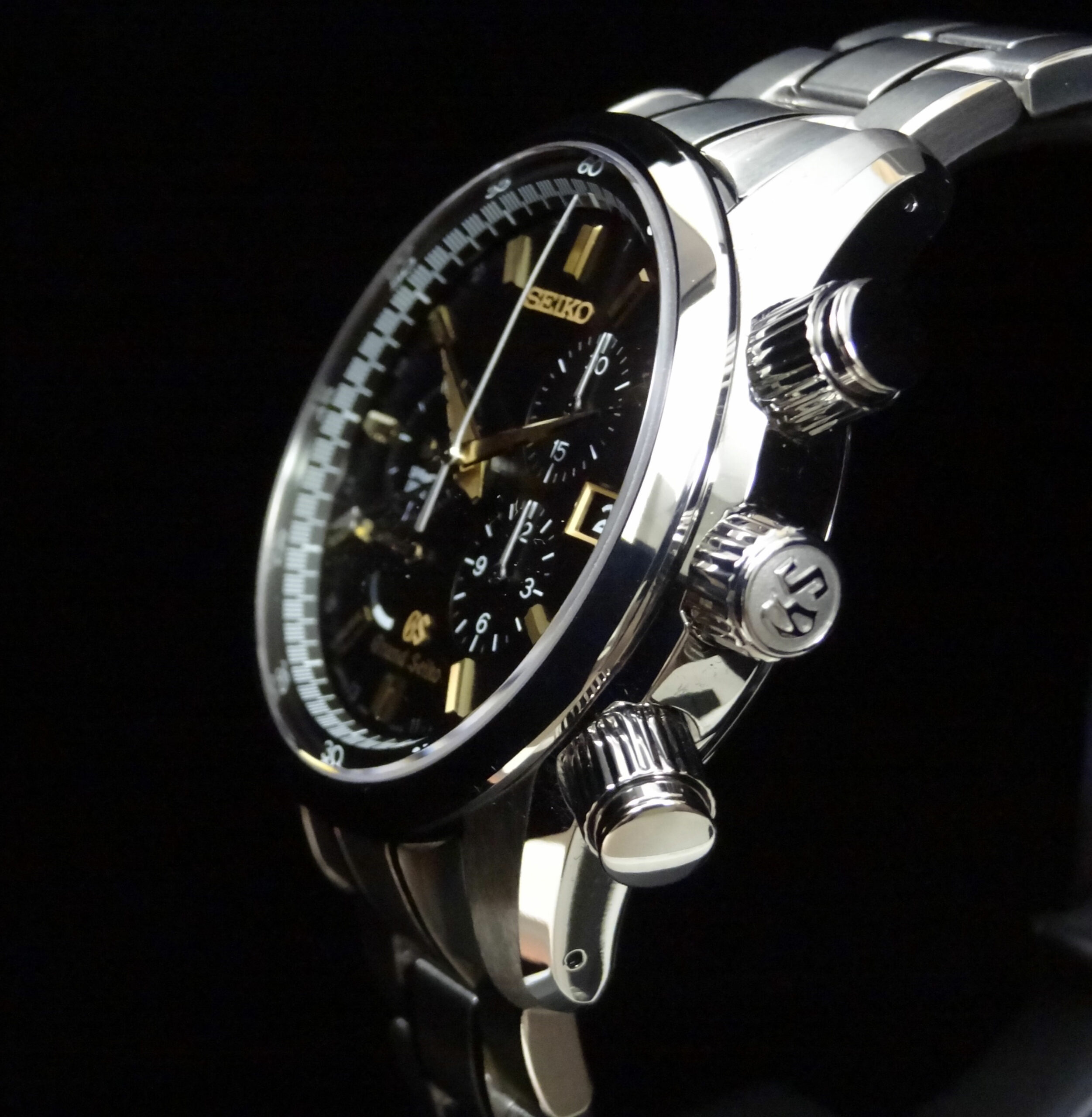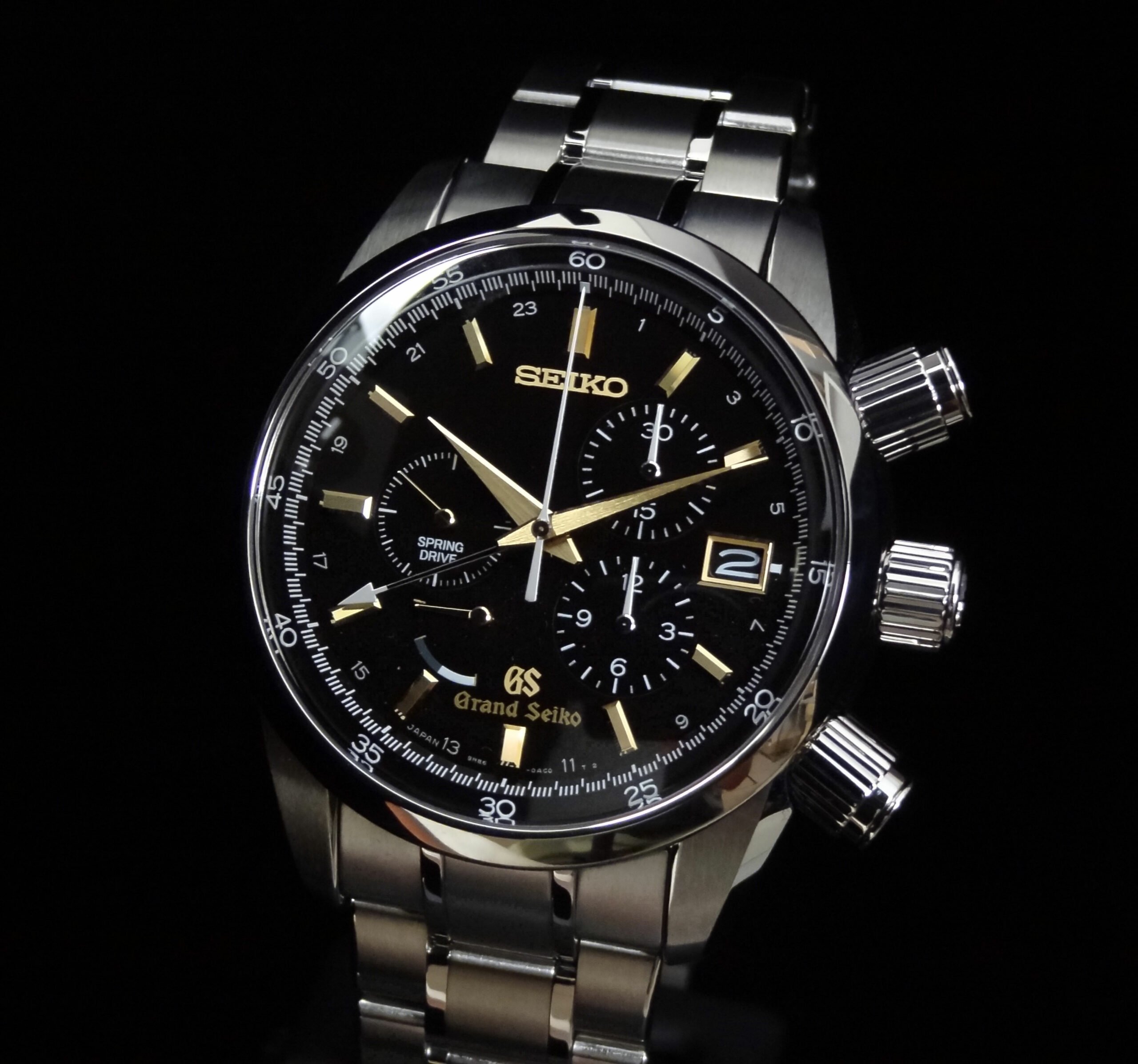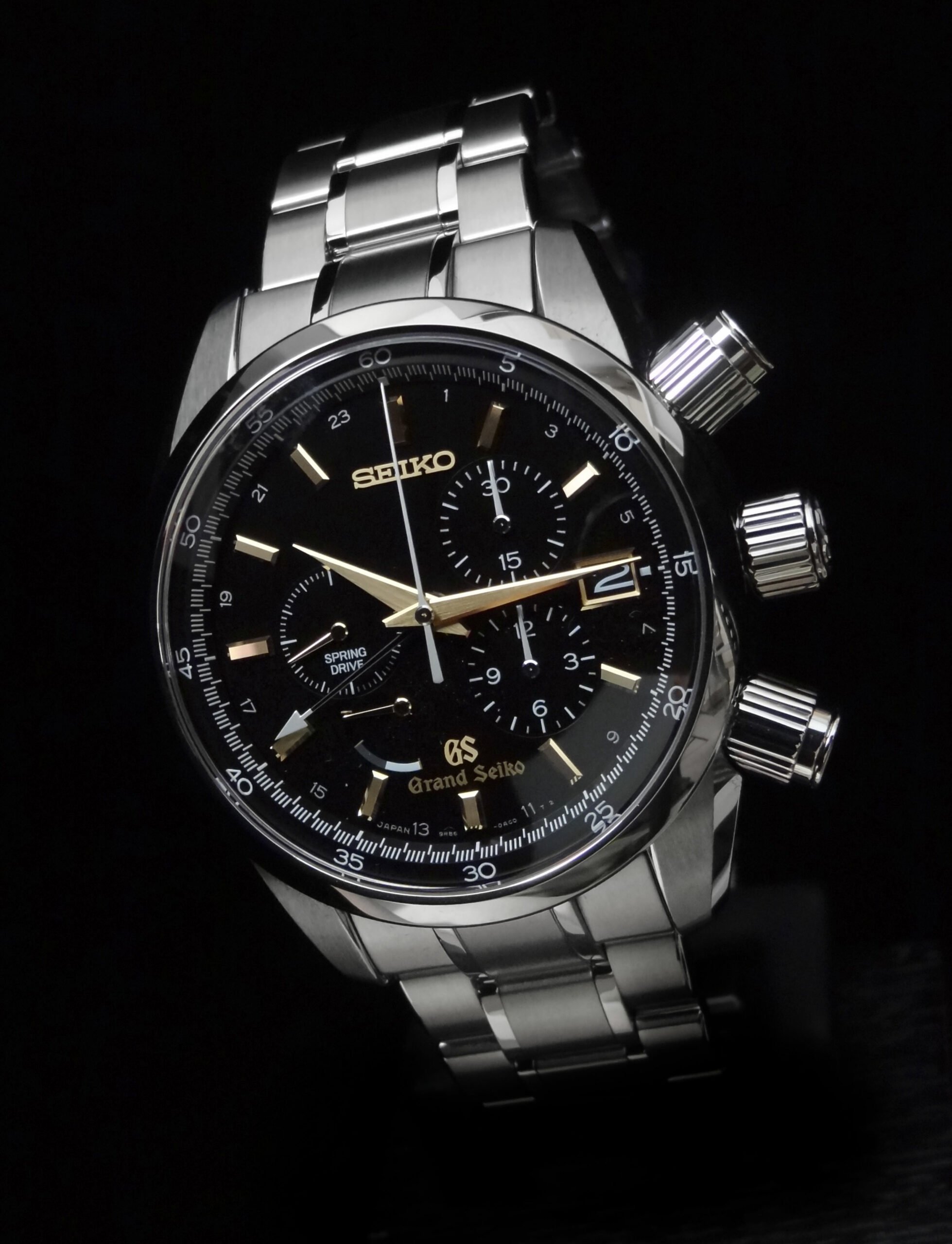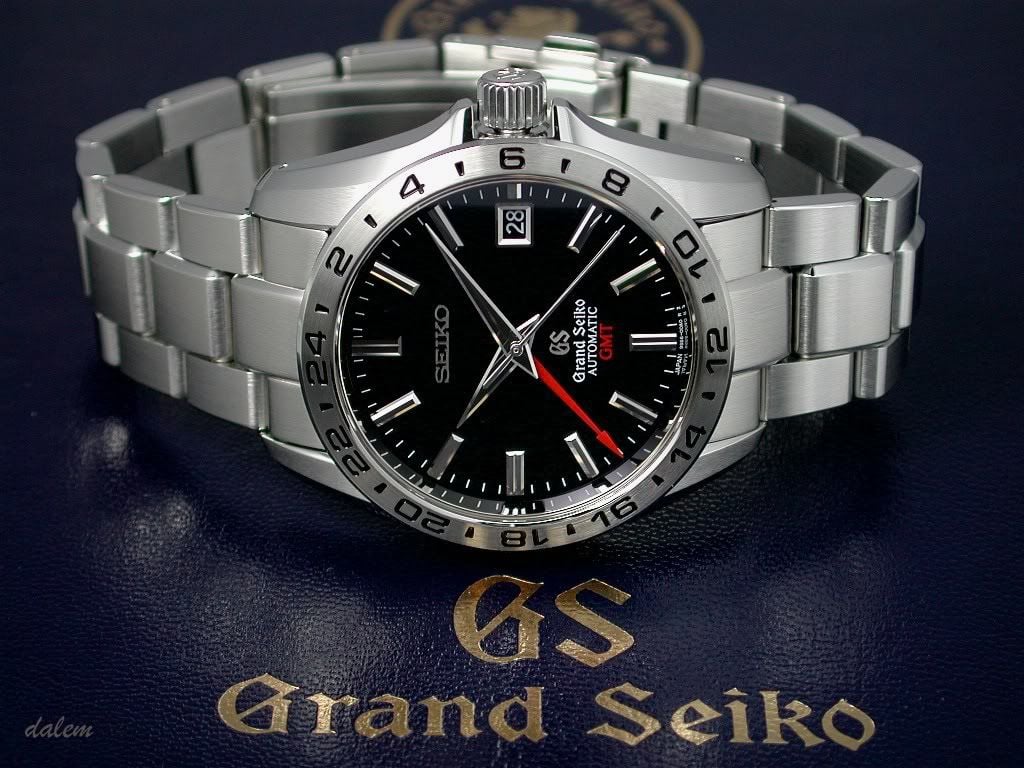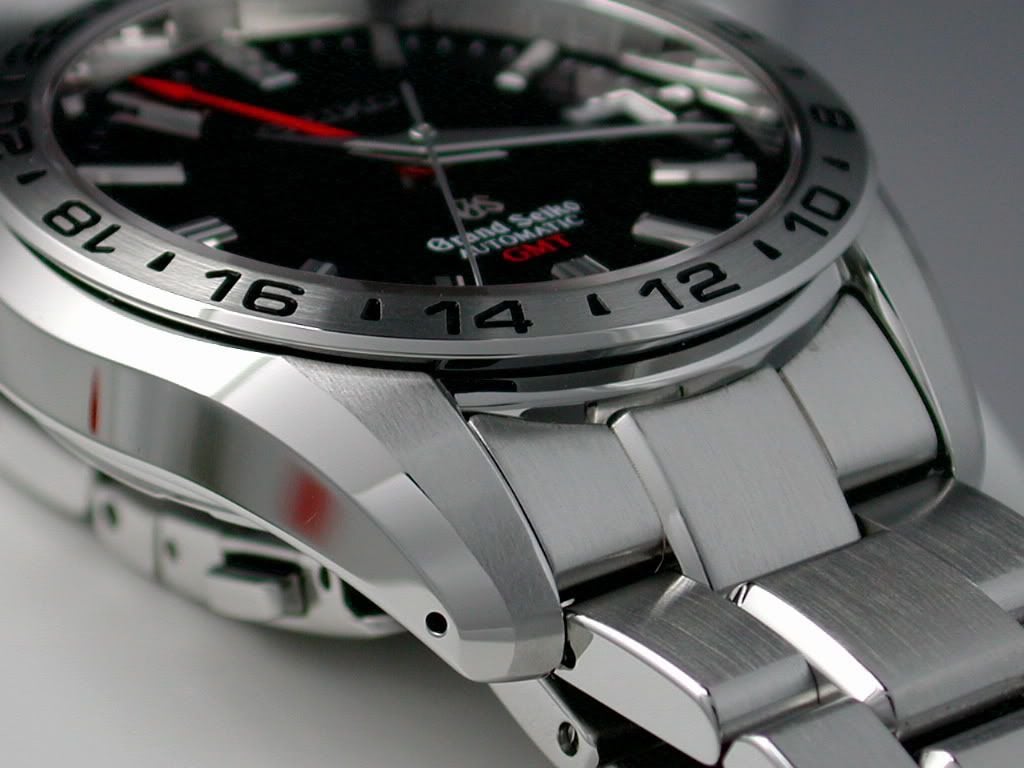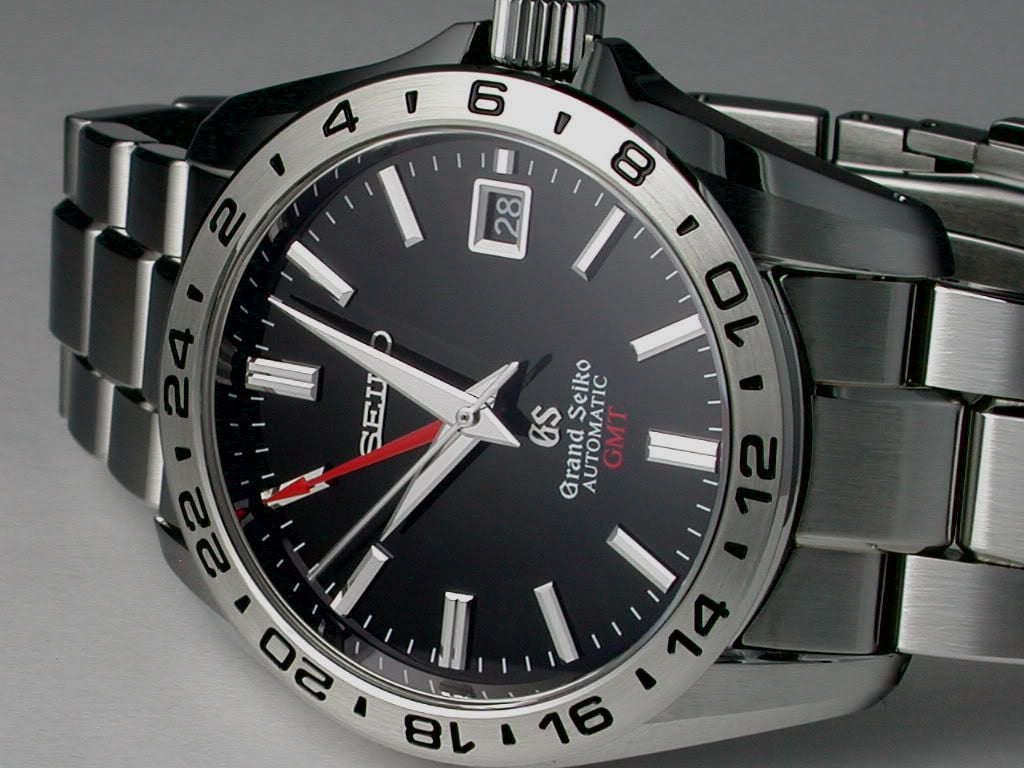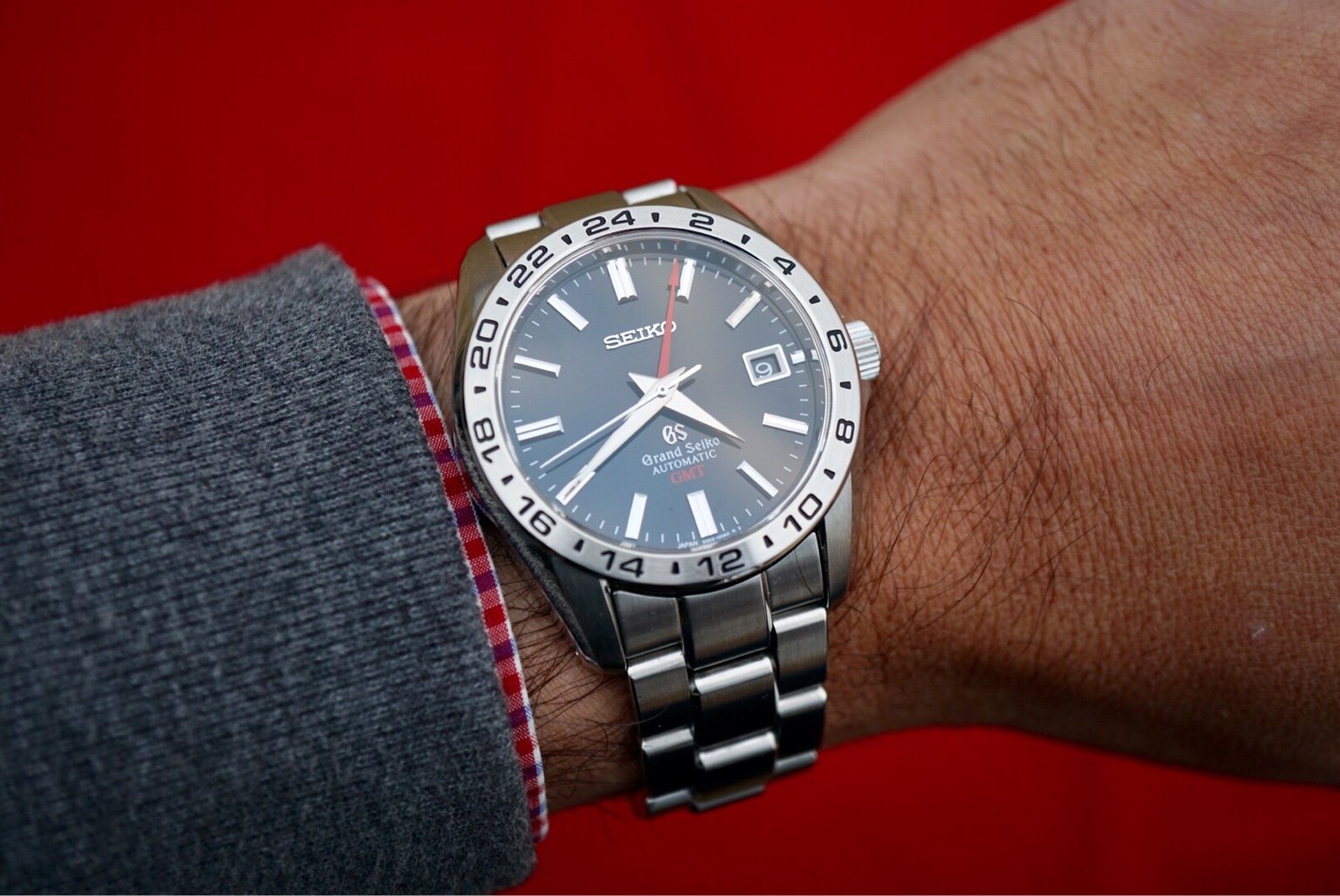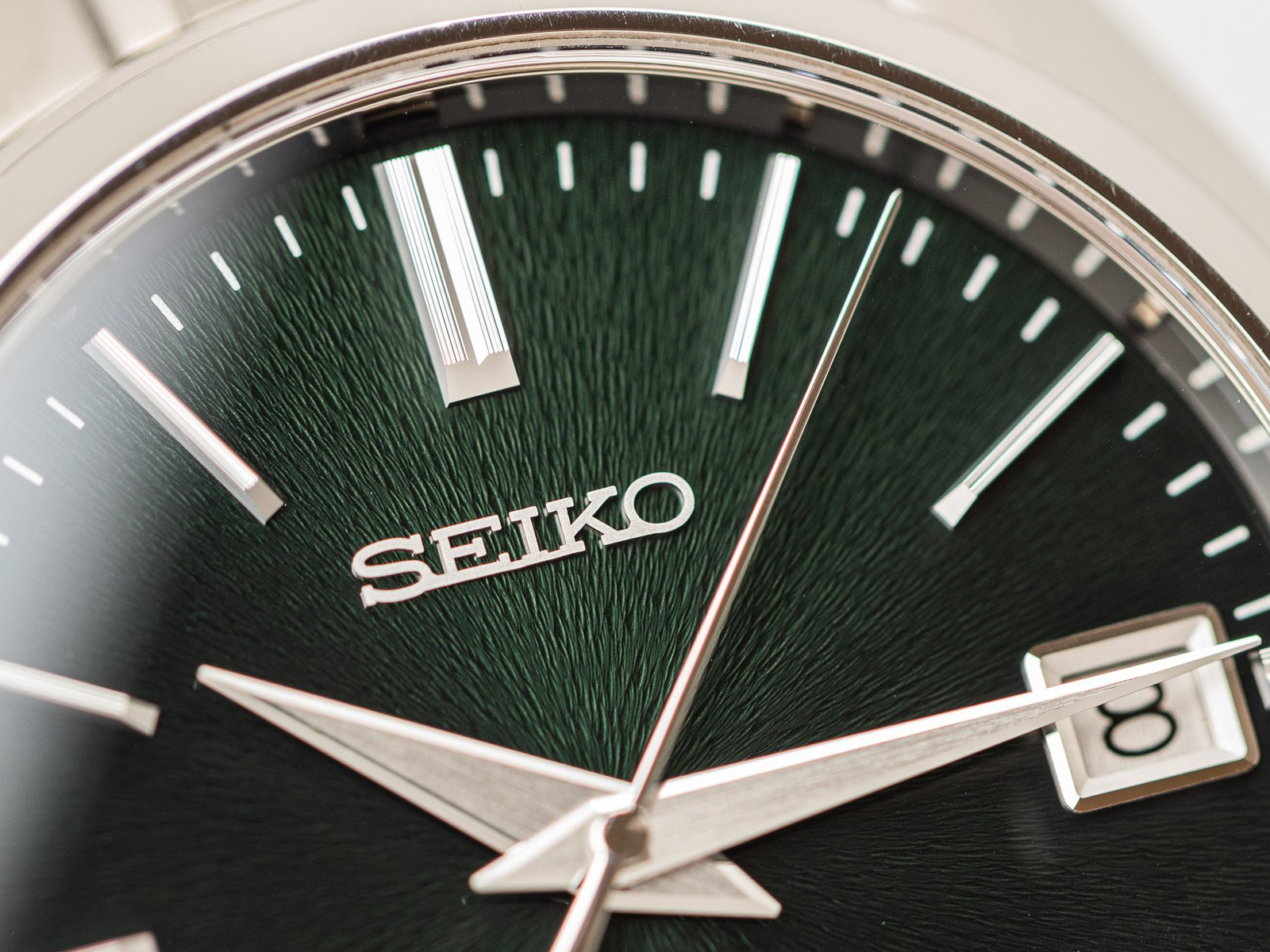Buying Guide: The Best Grand Seiko Watches From The 2000s
We like to talk about vintage watches a lot within the Fratello team. Though most of what we write about is largely focused on the most recent releases and developments, for many of us, a lot of the fun can be found in the sometimes weird and often wonderful world of vintage watches. It’s a world full of history, remarkable watches, incredible stories, and quirky details. It inspired us to come up with a series of articles focusing on the best watches per decade from a select group of brands. Some of them are priceless, some of them are still affordable. In this installment, we will take a look at the best Grand Seiko watches from the 2000s.
By the turn of the millennium, Switzerland had proudly reclaimed its title as the watchmaking capital of the world. The 2000s, in many ways, formed the blueprint for the watch industry as we know it today. By the time the 2000s came around, mechanical watches were incredibly popular. Instead of just selling instruments that told the time, the major brands became cornerstones in the world of luxury goods, and the watch industry was thriving.
We saw brands being bought by conglomerates that turned into the luxury powerhouses they are today. But the 2000s was also the decade that saw the rise of independent brands alongside the industry’s big players. Small brands made it their goal to push the envelope of watchmaking in terms of design and technological developments. In the early 2000s, we also saw watches increase in size like never before. Panerai, Audemars Piguet, Hublot, and IWC enjoyed a great rise in popularity with their oversized watches. They will all be part of the best watches of the 2000s.
Grand Seiko in the 2000s
The 2000s marked an important time in Grand Seiko’s history. From 2000 to 2010, the brand grew into the brand as we know it today. With an incredible focus on creating the best watches possible, Grand Seiko introduced a string of technological developments and a great variety of models. But its true rise to fame started just before the millennium. In 1998, Grand Seiko introduced its first new mechanical caliber in twenty years. After the Grand Seiko brand was re-introduced in 1988, its focus was solely on quartz watches. A decade after the reintroduction, we saw the unveiling of the mechanical 9S5 series. This marked an important change for the brand because from that moment on, mechanical watch fans worldwide slowly started taking notice of the brilliance of Grand Seiko.
In that first decade of the new millennium, we saw so many great releases that led to the diverse collection that the brand is known for today. The first Grand Seiko Spring Drive model, the first Grand Seiko GMT watch, the first Grand Seiko chronograph, the first new Grand Seiko hi-beat movement in four decades, and the list goes on and on. And that leaves out all the incredible dial executions and the signature case shapes that we have come to know from the brand. It is truly impossible to pick just five watches that stand out because there are simply many more. What these five picks do represent, though, is everything that Grand Seiko stands for in its quest to create the best watches available. But I urge you to check out more pieces from this amazing decade of Grand Seiko watches.
The Entry Point — Grand Seiko SBGA001
The first watch on this list was not the model I expected to see as the affordable entry point. The Grand Seiko SBGA001 was introduced in 2004 and is the first Grand Seiko ever powered by a Spring Drive movement. That makes this watch a very important release in the Grand Seiko catalog. Seeing the watch almost two decades after its debut, it still looks as crisp and relevant as it did in 2004. The SBGA001 features a 41mm stainless steel case that is 12.7mm high and has a 48.5mm lug-to-lug. It makes the watch the perfect size for a variety of wrist sizes. Additionally, it is 100 meters water-resistant, making it simultaneously suitable for dress and sport.
The case and bracelet are a familiar aesthetic that we have come to know from Grand Seiko. But the visual star of the show is the incredible champagne sunburst dial. This incredible dial has a distinct charm that I personally find lacking with many white dials. The color gives the watch a certain warmth. On top of that, the sunburst effect makes the watch look different every time depending on the lighting conditions. The dial is graced by the incredible applied hour markers and the immaculately finished hands. The bigger markers at 6, 9, and 12 o’clock create a great visual effect that brings a certain playfulness. The 6 and 12 o’clock markers emphasize the vertical line of the dial perfectly.
The first Spring Drive movement
Additionally, the dial features the signature power reserve indicator of the Spring Drive movement. This movement is visible through the display case back and is Grand Seiko’s Caliber 9R65. This movement features 30 jewels and has a 72-hour power reserve, a quick-set date, and a hacking function. The accuracy of the movement is ±15 seconds per month. As I mentioned, this was the first Grand Seiko that featured a Spring Drive movement, making this watch a monumental release.
But it doesn’t necessarily seem like such a monumental release if you go and search for one. Granted, quite a few of the offers on Chrono24 are in Japan, making it more expensive than the indicated prices that you see if you live outside of Japan. But what if I told you that prices over there are between €2.2K and €2.6K? Seeing those prices makes me reconsider what the right Grand Seiko for me should be. Because this watch not only looks stunning, it also features a brilliant movement and comes with a story as the first model to feature a Spring Drive caliber. This technology has become so important for the brand in the years since and is a huge part of the modern Grand Seiko identity.
My choice — Grand Seiko SBGH003
I searched quite a bit for my favorite release, but in the end, the choice turned out to be fairly simple. Although I have to say that finding it would not have been possible without Anthony Kable’s amazing research on Seiko and Grand Seiko that he publishes on his website Plus9time. The incredible research that Kable has done has also led to a brilliant database of modern Grand Seiko models that every fan of the brand should know. It was there that I found my favorite Grand Seiko pick for this list. Just look at that amazing green dial of the Grand Seiko SBGH003! But while many Grand Seiko releases from that decade had great dials, that’s not the only thing the SBGH003 brings to the table.
The SBGH003 is part of the first series of watches powered by the hi-beat Grand Seiko Caliber 9S85. Introduced in 2009, it was Grand Seiko’s first new hi-beat movement in four decades. This series of three watches came with a white dial (SBGH001), a black dial (SBGH007), and the peacock green dial of this SBGH003. This model was a limited-edition release of 200 pieces sold exclusively through the brand’s Ginza boutique. The watch features the iconic 44GS-style case that looks amazing and comes with the familiar Grand Seiko bracelet. The finishing of both the case and the bracelet is up to the highest standards in the industry with a mix of brushed satin and Zaratsu-polished parts.
A model that is a tough find
Inside the case, Seiko equipped the watch with the aforementioned new Grand Seiko Caliber 9S85. This automatic movement has become iconic for the brand and operates at 36,000vph. It has 37 jewels, a 55-hour power reserve, and a date indicator at 3 o’clock. It also has a high standard of accuracy, rated at +5/-3 seconds a day. The movement is still used in the current Grand Seiko collection. Knowing that this watch was part of the first series powered by this movement gives the watch a nice little story. Besides the movement, the most impactful element is, of course, that stunning green dial.
Just like the champagne dial of the first pick, this dial also changes color in different lighting conditions. The meticulously finished hands and indices contrast perfectly with the dark green dial, ensuring readability even in low-light conditions. Finding one of the 200 Grand Seiko SBGH003 models is quite tough. They show up for sale sometimes, but you might have to be patient. As the watches were sold in Japan, it is logical that most of them are still in Japan. A quick search shows that you will likely have to pay roughly between €5K and €6K for one. It’s a price I would pay for this stunning piece.
Money is no object #1 — Grand Seiko SBGA011 “Snowflake”
The next pick is the most famous Grand Seiko release there is. More specifically, it is the first of the two iconic Grand Seiko “Snowflake” references that have become fan favorites since their debut. The SBGA011 “Snowflake” was introduced in the autumn of 2005. In 2017 it was replaced by the SBGA211 after Grand Seiko became a standalone brand, and the GS logo moved to the top of the dial. But this SBGA011 featured the iconic “Snowflake” dial with Seiko on top and Grand Seiko on the bottom.
The white dial with the specific “Snowflake” pattern has become one of the most recognizable dials ever created. Looking at the dial closely, it does look like a very thin sheet of paper rather than snow. As Rob explained in one of the Sunday Morning Showdown articles, “The Snowflake dials are made by a special, multi-step process in Grand Seiko’s Shiojiri dial workshop. Stamping, plating, drilling, and index application are performed by extremely talented and steady-handed craftspeople. The result? An icon of watchmaking.”
A titanium release
As is always the case with Seiko and Grand Seiko, enthusiasts made up the nickname, not the brand itself. It’s not often that Seiko and Grand Seiko adopt the name given by fans, but in this case, Grand Seiko actually did. Furthermore, the watch featured a 41mm titanium case and a matching titanium bracelet. Grand Seiko uses high-intensity titanium, which is more resistant to scratches and corrosion than normal titanium. It is also 30% lighter than stainless steel. As you can see in the brilliant pictures, the finishing of the titanium case and bracelet done in the manufacture in Shiojiri is at least as stunning as that of the stainless steel models.
The watch is powered by the Spring Drive 9R65 movement that I talked about earlier, so there is no need to go over the details again. A good thing to notice is that the Spring Drive movements are also finished beautifully with “Côte de Tokyo” and nice beveling on the bridges as well. The rotor shows the GS logo in blue, and overall, it looks very nice. I mean, how could it not look nice, right? It’s Grand Seiko we’re talking about here. Finding a first-generation “Snowflake” SBGA011 is not that hard. Expect to pay between €3.5K and 4.5K for one. Considering its iconic reputation and the value for money, it’s hard to beat that.
Money is no object #2 — Grand Seiko SBGC005
The next pick is rather a series of watches that have become signatures of the Grand Seiko collection. With the SBGC001 and SBGC003, Grand Seiko released its first two stainless steel watches with a Spring Drive chronograph movement. They were released in 2007 along with the amazing SBGC004 in rose gold with a white dial. A year later, Grand Seiko released the titanium SBGC005 that I picked for this list. Technically, the watch is the same as the stainless steel versions. I, however, prefer the black dial with gold accents over the champagne-colored dial of the SBGC001, the flagship reference that most people will refer to in this line.
Let’s first take a look at what connects these models. They all feature a case that is 43.5mm wide and 16.1mm thick, so it’s a substantial watch that is not for smaller wrists. On top of that, the standout feature of the watch is the combination of the huge pushers and crown. They are a complete no-go for many people, but they do give the watch a lot of character. They’re an acquired taste, and I happen to like these completely bonkers screw-down pushers. When combined with the 43.5mm case size, the pushers seem like they’d be very uncomfortable on the wrist. But the people that own and have worn these watches will tell you that these Grand Seiko chronographs actually wear very well.
A Spring Drive Chronograph GMT movement
Inside the case, you will find the Grand Seiko Caliber 9R86. Grand Seiko’s first Spring Drive chronograph movement is also a true GMT. This incredible movement is still used in current models and comes equipped with a column-wheel mechanism and a vertical clutch. The movement has an accuracy of ±1 second per day, and it comes with 50 jewels and a 72-hour power reserve. The power reserve is not affected by running the chronograph, which is amazing. I love how Seiko markets the movement this way: “It measures elapsed time not to the nearest fraction of a second but exactly, thanks to the fact that the glide motion hands stop at the very instant that the button is pressed.” It seems that Grand Seiko is saying when measuring time, we as humans are the only factor that is flawed if we don’t press the pusher in time.
Most people will say the champagne-dial SBGC001 is the most recognizable watch from the series. And I agree with that, but there is something very appealing about the combination of titanium, gold, and black. It makes the SBGC005 look like an extra-classy version of its peers and accentuates the unique dial layout. No matter your dial preference, we can probably agree on the fact that Grand Seiko pulled off something amazing with the Caliber 9R86. The movement is a monumental achievement in terms of technology and accuracy. The only thing you would potentially have to get past is the rather extravagant look of the watch. I, for one, am a big fan. Finding a SBGC005 is possible, although prices tend to differ. Expect to pay roughly between €5K and €7K. The white-dial SBGC001 goes for around the same price.
Money is no object #3 — Grand Seiko SBGM001
The last watch on the list is Grand Seiko’s very first GMT watch. How could it not be on this list? GMT watches have become a staple in the Grand Seiko collection. The SBGM001 was the first GMT model, and it was released in 2002. The watch was sold in Japan only through Grand Seiko’s Mastershops. The watch features a 39mm stainless steel case that is 13.7mm thick and came on an Oyster-style bracelet. As you can see, it started an aesthetic that we still know today. Only recently, Grand Seiko announced the SBGM245 and SBGM247, which are successors of the SBGM001. They still look like the watch that started it all in 2002.
The SBGM001 was a stand-alone release. Usually, we would see multiple executions of the same watch with different color dials. Not this time, though. The watch was made available with a black dial, red GMT hand, and a hint of extra red on the dial for the GMT text. The stainless steel bezel has a 24-hour scale in black. I love the look of this watch, and it still looks as crisp as it did twenty years ago. Funnily enough, the next GMT model came two years after the first, and it was a more classical GMT model. The second model in the same vein as this one was the great SBGM005 Isetan LE that came in a limited number of 21 pieces.
The first Grand Seiko GMT Caliber
Inside the case, Grand Seiko used the Caliber 9S56. It was the brand’s first GMT movement. Essentially, it is the automatic Caliber 9S55 with an added GMT-hand. In 2010, Grand Seiko replaced the Caliber 9S55 with the updated Caliber 9S65, and it’s also when the updated GMT Caliber 9S66 replaced the Caliber 9S55. The main difference was the increase in power reserve. The Caliber 9S56 used for this watch operates at 28,800vph, has 27 jewels, and comes with a 50-hour power reserve. This true GMT movement provides an accuracy of +5/-3 seconds per day.
As these watches were a Japan release only, they only slowly found their way outside the country. But it is not impossible to find an SBGM001 for sale. Expect to see prices roughly around €3.5K to €4.5K for one. In return, what you get is the first watch that started the GMT legacy of the Grand Seiko brand. And prices are significantly friendlier for your wallet than buying a new version. So this could be your perfect entry into the world of Grand Seiko if you love a watch with a GMT function.
Final Thoughts
As I already mentioned, there are so many more Grand Seiko watches to check out from this decade. I could only pick five for this article, but I could have easily picked 10 or 20. If you want to learn more about the 200+ watches that Grand Seiko released from 2000 to 2010, visit Anthony Kable’s Plus9Time database of modern Grand Seiko models. It truly is a brilliant resource for everyone that loves Grand Seiko. On top of that, a great website for info on Grand Seiko is The Grand Seiko Guy. There, you can find great in-depth info on both vintage and modern Grand Seiko watches.
More than anything, this article is just the tip of the iceberg when it comes to unveiling Grand Seiko’s brilliance. From 2000 to 2010, the brand grew into the brand as we know it today, with a great focus on developing amazing movements and creating some of the most iconic watch cases out there. Add the incredible level of finishing, and you have some idea of the mastery of the Grand Seiko brand. But nothing beats seeing these amazing watches in person. It is what has convinced so many people to buy a Grand Seiko. And it’s just a matter of time before I will finally have one as well. It might just be one of the watches in this article.
Next week, we will take a look at some of the best Swatch watches from the 2000s. In the meantime, let us know your favorite Grand Seiko from the 2000s in the comment sections.

